A colourful mix of the just a few of the game's tokens
The mounted board is every bit as impressive and given additional value because on it is unobtrusively printed handy tables - everything from the Sequence of Play and Combat Sequence to the key table on which most of your Actions will be determined.
One or two are in rather small print, but frankly they are the ones you will most quickly remember, while the most important one is the clearest and easiest. Once everything is set up, the game just begs to be played and set up couldn't be easier with a clear guide at the start of the rules.
As you can see there's a lot to be laid out, but the guide takes you methodically through each step. As Nemo you will roam the high seas from ocean to ocean in the fabulous Nautilus, here represented by a plastic model. Your first choice is which one of the four Motive tiles [Science, Exploration, War and Anti-Imperialism] to choose. Each one subtly changes the VP values you can gain from a range of fields. Choose War and, as might be expected, sinking warships increases in value, whereas with Exploration the value of sinking warships is reduced. Each Motive will have its enhanced areas and its diminished ones, resulting in influencing what actions you seek out in the course of the game.
Above are two of the Motive Tiles
[as well as the 6 Character Tiles that offer bonuses]
The flow of the game is controlled by a deck of Adventure cards and the order of its composition will be modified by your choice of Motive, while retaining some overall similarities in structure. These Adventure cards provide an engrossing storyline, as each one has an extract of text from the original novel and an accompanying illustration. They also contain a wide range of benefits and not a few disadvantages usually depending on a dice test.
What I love here is that there is no simple Pass is good and Fail is bad. Sometimes that is the case, but often you have choices to make. With some cards, choosing to automatically Fail a test may bring an immediate benefit at the expense of foregoing possible VPs at the end of the game from Passing the test. Other cards may be kept until you decide to use them for their benefit, but again often relinquishing the VPs they bring if you manage to keep the card until the end.
Here are just four such Keep cards
These branching paths to the narrative you thereby construct for yourself lie at the heart of the game and, for me, provide the unique enjoyment and tension that draws me in over and over again.
While the cards make you feel that you are living the narrative, in your deck there will always be four cards that must always appear. The fact that three of them are named Act 1, Act 2 and Act 3 also create the idea that you are living out the drama of Nemo's life. You know you will always get to these points, but not exactly when, and the 5th card, the Finale, that brings the play and your game to its resounding curtain-call is drawn randomly at the start of the game from a group of 7 cards and shuffled into the last four cards in your Adventure deck.
As a result, this is a game that will stand up to countless sessions. Each game will use only half the deck and the order that events will occur in will always be different. I've prayed for the Finale card to appear and had it be the last in the deck; at other times I've needed just one more ordinary Adventure card to be turned up and. of course, up came the Finale card!
The game begins with the oceans seeded with a set number of Hidden [i.e. unrevealed ships] and each Major Ocean possessing one Treasure marker and then a random die roll places the Nautilus in one of these oceans.

At top left is the deck of Adventure cards for the current game and to the right of the map of the world are the remaining Adventure cards that certain actions may allow you to draw from. Along the top of the board runs the Notoriety track - and Notoriety is guaranteed to be something which you are destined to grow in! While below that track are three more: one for Nemo's state of mind, one for the Crew and one for the Hull of the Nautilus. These three tracks are crucial to your play of the game, as most Actions will offer you the chance to wager one or more of their bonuses to help you gain the high scores you need on the many Tests you will undertake!
Pass and your marker on the track will return to its current position, Fail and it will drop to the next lowest position. Usually as they drop lower the bonuses decrease, but [an inspired touch] as Nemo's mental state deteriorates, his bonuses increase!
In the bottom left corner of the board is the table on which you roll to SEARCH for treasure, to REST your crew, to REPAIR the hull, to REFIT [i.e. add an Upgrade] to Nautilus and finally INCITE [attempt to cause an Uprising in one of the many areas inked to the oceans]

A glimpse of the Notoriety track
Below the board are a number of markers and six character tokens, each of which can be sacrificed in dire need to provide one-off benefits. To their right are the two white dice you begin the game with, a single upgrade card for the Nautilus [there are four more such cards lined up to the right of the board that you may acquire as the game progresses]. Finally, two opaque containers [supply them yourself] hold, in one, all the treasure tokens and, in the other, the At Start ships. So, you're ready to start your Adventure and the world is your oyster, but soon that will change.
Each turn begins as we've seen by turning up and executing an Adventure card. This is followed by rolling the two white dice and placing new Hidden ship markers on the map. The difference in score between the two dice gives you the number of Action points you have for that turn. From that moment on, the pressure begins and rarely lets up. At best 5 Actions, at the worst none [you've rolled a double and caused a Lull].
Choices, choices, choices! So many, starting with all those mentioned two paragraphs earlier, plus moving the Nautilus and most common of all bringing death and destruction to the oceans of the world: COMBAT - sinking shipping either for salvage which helps you attempt to buy Upgrades for Nautilus or for tonnage which provides VPs at the end of the game. Do you choose a single Stalk Attack which gives you a bonus +1 DRM on the dice roll or a Bold Attack where you can push your luck and keep attacking providing you are successful, but racking up the Notoriety? With the appropriate Upgrade you may even be able to make a Torpedo Attack. All the time deciding whether to gamble one of your bonuses. Every single time you roll the dice, there is the chance of Failure.
In the early stages, the tension is moderate, but as the game progresses one time bonuses get spent and some of your VP bringing Treasure tokens may need to be used for bonuses instead. The Crew and Hull and Nemo bonus tracks start to decrease and need to be improved. More and more ships crowd the seas. merchant vessels give way to warships and ever more deadly ones are added to the draw cup! Nemo's War gives you action and excitement all the way.
The seas start to get crowded and dangerous!
There's a lot to do and a lot to learn. So how does the rule book fair in preparing you for the task? Well, this is the most lavish publication from VPG that I've seen. It is part of their Premier standard of production level and can't you just tell. If like me you've been with VPG since their earliest zip-lock bag days when the few cards where in a perforated sheet and the rule book was a single sheet that folded out, then you'll be bowled over. This is 32 pages of high gloss, full-colour glory!
My one main concern is that the print is small and quite faint, especially against the parchment colouring of the paper. A lesser issue is that the Table of Contents directs you only to very broad areas of the game. Finding the many finer details, when necessary, demands much closer searching within those areas. Despite that, I soon found that I gained rapid familiarity with the mechanics of play. In part, this was because each page has a side-bar of examples, plus numerous illustrations within the body of the text.

Having experienced many a set of rules where the examples blossom with inaccuracies that tend to mislead, Nemo's War is not like that. These examples consistently complement and help understanding. I would strongly recommend setting up the game and then read through a section at a time with the board and pieces in front of you. Within no time I found that I could embark on a first full play through and I survived to reach the Finale - though it is possible to be defeated in a number of ways before that happens.
Then came scoring, with a lovely set of tokens that allow you to chart the individual scores in the many categories that bring VPs. OK you can just do a running total, but there's a lot of satisfaction in seeing how well you did in each individual field and then adding them up to the grand total. Though GRAND is not the word I'd use for my first attempt and many of my subsequent ones too. There are five levels of victory: Defeat, Failure, Inconsequential, Success and Triumph. The rule book does contain a simple little table that gives the VP range for each level, BUT there is one amazing booklet left to consult!
This booklet contains twenty sepia illustrated pages devoted to individual pictures and text that explains each of the five levels of victory for each of the four possible Motives that can be chosen at the beginning of the game.
Just two of those incredible pages
Almost as substantial in size as the rule book, I will leave you to decide for yourself whether this is a hugely unnecessary addition or something wholly in keeping. In keeping with a game that begins with its first card entitled Act 1 : Prologue. In keeping with a game that narrates a story just like the novel, Twenty Thousand Leagues Under the Sea, did and finally in keeping with a game that bears the eponymous name of its megalomaniac protagonist, NEMO.
Whatever you decide about this last component of the game, there is only one decision that I can urge you to make. BUY THIS GAME.
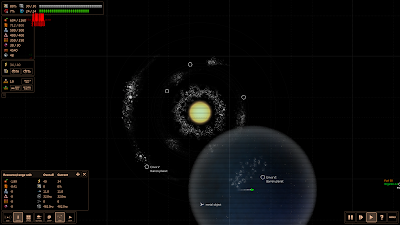


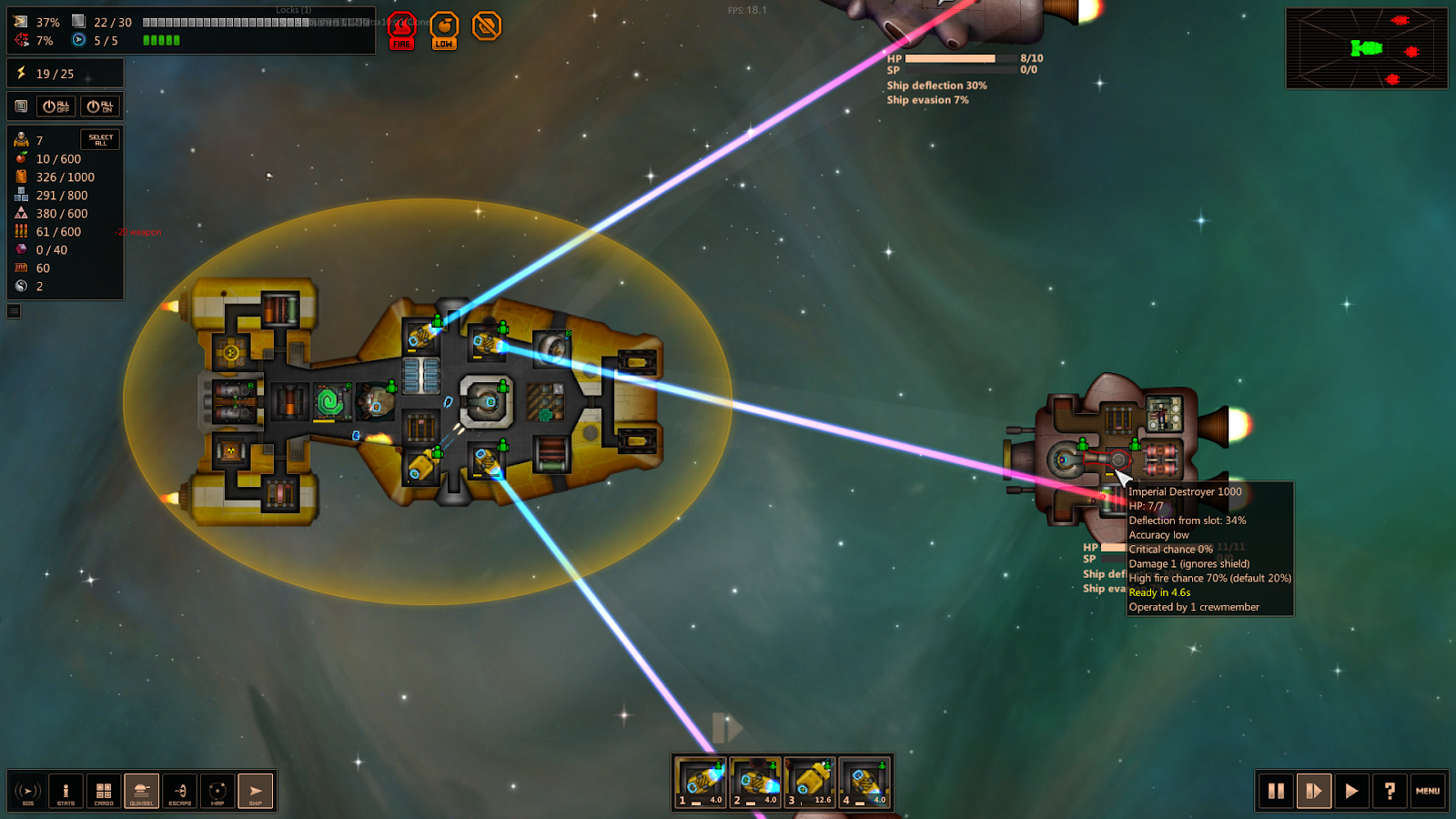


























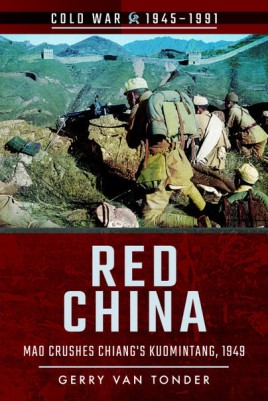



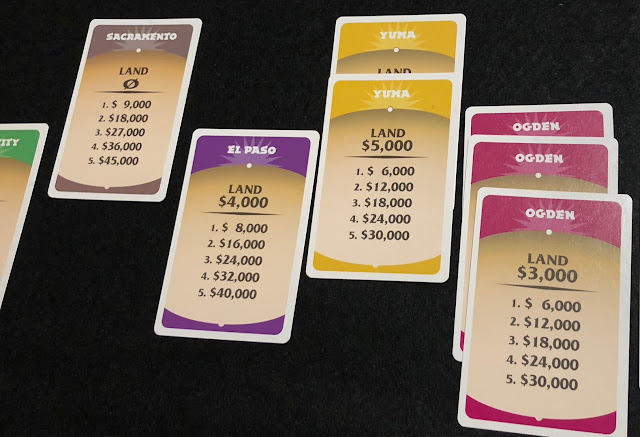

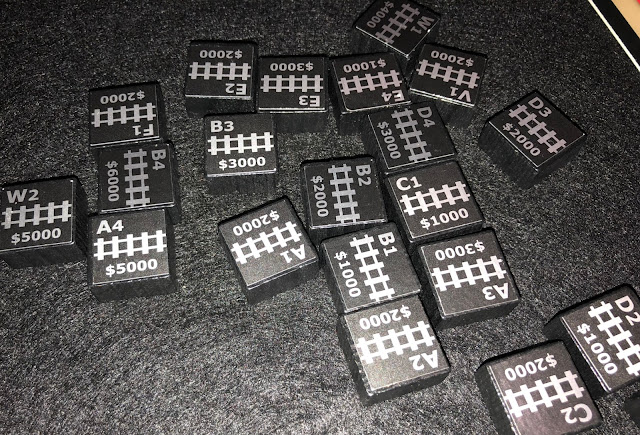


Follow Us